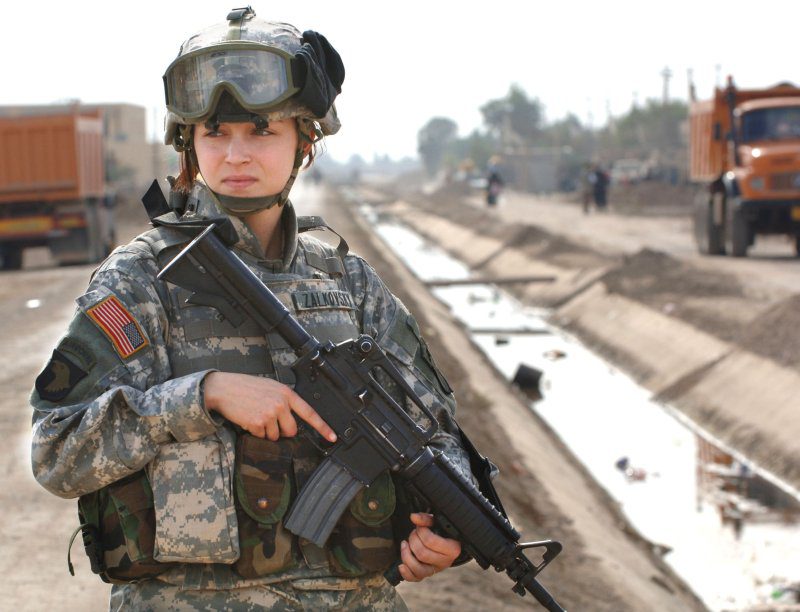
Sigmund Freud, one of Austria’s most famous sons, settled in Vienna with his parents at the age of nine. Widely regarded as the founding father of psychological talking therapies with his development of psychoanalysis, the name of Freud is known the world over as a by-word for anything to do with the deepest recesses of the human psyche.
Dr Sigmund Freud, famous – or some may say infamous – psychoanalyst
Source: http://en.wikipedia.org/wiki/File:Sigmund_Freud_LIFE.jpg
Freud’s life and work in Vienna is documented and celebrated at the Freud Museum at Berghasse 19 in the Alsergrund district of the city. The museum is housed in the place Freud called home for 47 years of his life. A companion to the Freud Museum in London, the Viennese museum has a large collection of historical information about Freud’s life and work whilst in Vienna.
After marrying Martha Bernays in 1886, Freud established his family home in Berghasse 19. A newly built family home at the time he and his wife took up residence in 1891, and in the time they lived there Freud held a private practice consulting on ‘nervous disorders’ with patients he saw in rooms in his apartments. He and Martha also brought up their six children in the family home, and the exhibitions document the private life of Dr Freud as well as his life’s work in psychoanalysis.
The museum’s collection includes numerous documents that show the development of Freud’s theories throughout the course of his life and career, and show his collaboration with a range of notable peers and students including Carl Jung, who became famous for his work in the study of personality and its development.
Freud, famous for his work and, to a lesser degree, his sometimes tumultuous private life, is less well-known for his Jewish heritage. Although sceptical of the religious faith in which he was brought up, Freud always identified himself culturally with the Jewish people very strongly. At the end of the 1930s, with the advent and rise of National Socialism in neighbouring Germany, life became increasingly difficult for Jewish people living across Northern Europe, and the Freud family were no exception. In the early 1930s, when the Nazis first took power in Germany, Freud’s books were some of the first to be seized and burnt by the Nazi regime. Freud remained optimistic about the limitations of Nazism in Europe, even after the annex of Austria by Germany in early 1938.
Staircase leading to Freud’s consulting rooms at Berghasse 19.
Source: http://en.wikipedia.org/wiki/File:Freudsdoor.JPG
Eventually, following persuasion by the London President of the International Psychoanalytic Society and shaken by the detention and interrogation of his youngest daughter Anna by the Gestapo, Freud was convinced that the time had come to leave Vienna. The family moved from Austria in stages from early April to June 1938, with Freud and his wife making the trip via Paris on the Orient Express on the 6th June.
A visit to the Freud Museum offers a fascinating insight into the life and work of Freud during his time in Vienna. Those visiting should not expect a recreation of his apartments, as much of his furniture and other paraphernalia – including his famous couch – moved with him to London where they are now on display at the London Freud Museum. However, there is a great deal in the permanent collection that will be of interest to enthusiasts and those with a merely passing interest. In addition, the museum hosts regular temporary exhibits that offer a different perspective on the research and teaching of Dr Freud.
The museum was opened in the 1970s under the supervision of Freud’s youngest daughter, Anne, and continues to offer one of the most complete pictures of the great man’s work and personal life. Whether you have just a passing interest in the man or a fascination with him and his work, you will find something at the museum to keep you engaged and entertained.
The Freud Museum is open every day between 9am and 5pm. We hope you found this article full of educational information and will make a trip to the Museum in the very near future.
This is a sponsored post.





